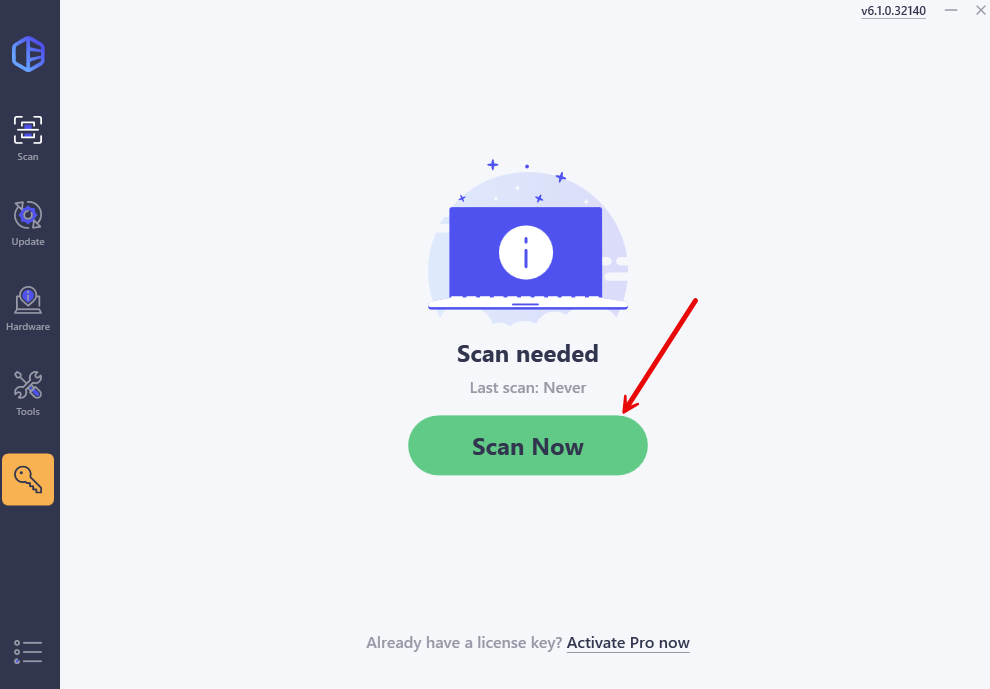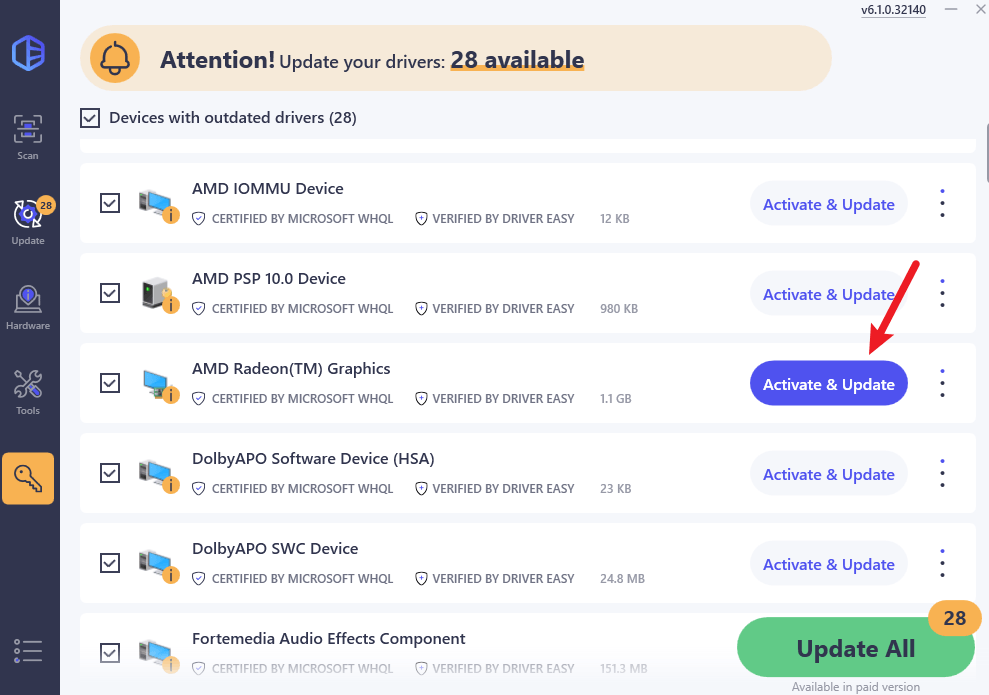
When you try to boot Windows 10 on your computer, it just freezes. You may be annoyed and frustrated. Don’t worry. Certainly, you’re not alone. Many Windows 10 users also have this problem. More important, you CAN fix it with the solutions here. Read on and find how…
Windows 10 freezes on startup or boot issues often happen after Windows 10 updates which bring great features and improvements but also many problems. The culprit of the issue varies, we provide the following solutions for common causes.
How do I fix Windows 10 freezes on Startup?
There’re 5 solutions here you can try to fix this problem. You may not have to try them all; just work your way down the list until you find the one that works.
- Disable fast startup
- Update your device drivers
- Try unplugging anything that is USB-connected
- Disable AppXSvc
- Reset or reinstall Windows
Method 1: Disable fast startup
1) Type power option in the search box from Start, then click Power & sleep settings from the top of the result.

2) Click Additional power settings.

3) Click Choose what the power button does.

4) Click Change settings that are currently unavailable.

5) Untick Turn on fast startup (recommended). Then Click Save Changes.

Reboot your Windows 10 into the normal mode to see if it succeeds.
Method 2: Update your device drivers
This problem can also be caused by a outdated, incorrect or corrupt system driver. You should verify that all your devices have the right driver, and update those that don’t.
If you don’t have the time, patience or computer skills to update your drivers manually, you can do it automatically with Driver Easy.
Driver Easy will automatically recognize your system and find the correct drivers for it. You don’t need to know exactly what system your computer is running, you don’t need to be troubled by the wrong driver you would be downloading, and you don’t need to worry about making a mistake when installing. Driver Easy handles it all.
You can update your drivers automatically with either the 7 days free trial or the Pro version of Driver Easy. It takes just 2 clicks, and you get full support and a 30-day money-back guarantee with the Pro version:
- Download and install Driver Easy.
- Run Driver Easy and click the Scan Now button. Driver Easy will then scan your computer and detect any problem drivers.

- Click the Activate & Update button next to the flagged device to automatically download and install the correct version of this driver.
Or click Update All to automatically download and install the correct version of all the drivers that are missing or out of date on your system (You’ll need the Pro version for this – when you select Update All, you’ll get a prompt to upgrade. If you’re not prepared to purchase the Pro version yet, Driver Easy provides a 7-day trial at no cost, granting access to all Pro features like fast downloads and easy installation. No charges will occur until after your 7-day trial period ends.)
- Restart your computer for the change to take effect.
Method 3: Try unplugging anything that is USB-connected
Like if you plug a USB mouse, the USB dongle, or any other USB device into your PC, try to unplug them.
Reboot your Windows 10 into the normal mode to see if it succeeds.
Method 4: Disable AppXSvc
1) On your keyboard, press the Windows logo key and R at the same time to invoke the Run box.
2) Type regedit and click OK.

3) Click Yes when prompted by User Account Control.
4) Go to HKEY_LOCAL_MACHINE > SYSTEM > ControlSet001 > Services.

5) Click AppXSvc. Then double-click Start.

6) Set the start value to 4. Then click OK.

Reboot your Windows 10 into the normal mode to see if it succeeds.
Method 5: Reset or reinstall Windows
If all else fails, you may have to reset Windows, or maybe even reinstall it together. We all know reinstalling will delete all the data on your hard drive, you have to back up all your important files before doing it.
But treat these options as a last resort, because they both take quite a long time.





